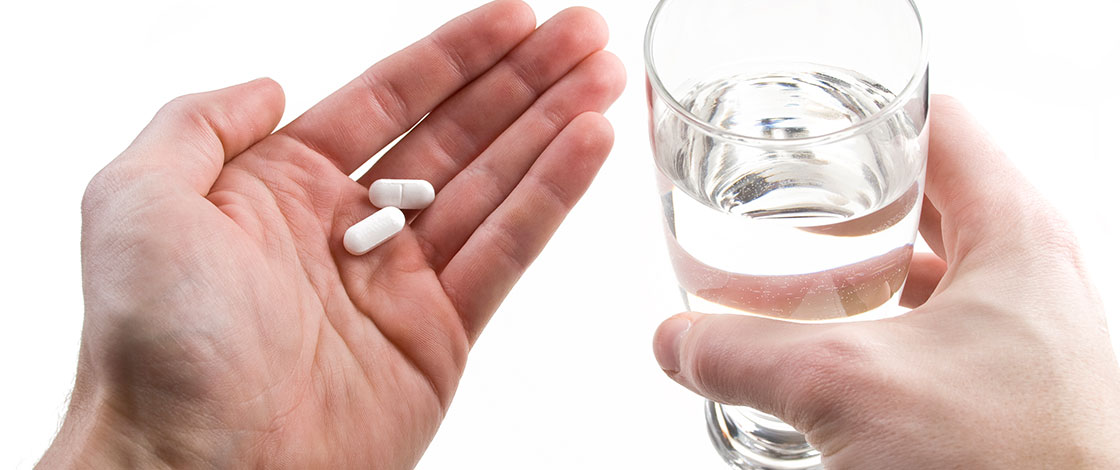The cast of MTV’s “Jersey Shore” is hardly comprised of role models. Mainly known for name-calling, fighting and drunken antics, the show is car-crash reality TV. It’s the sort of show people watch with their jaws hanging open in shock at the notion that people like that actually exist. The news that Mike Sorrentino—better known by his baffling nickname “The Situation”—struggled with painkiller addiction is unlikely to elicit much sympathy, but the story isn’t a mere case of “Jersey Shore”-style excessiveness. In fact, it’s a problem of epidemic proportions in the U.S., with over 12 million Americans having used prescription painkillers non-medically in 2010. Despite what you may think of him, Sorrentino fell into addiction in the same, innocent fashion as many Americans, and has since endeavored to use his experience to help others.
Legitimate Use Becomes Addiction
The big problem with prescription painkiller addiction is that narcotic drugs—opiates, just like heroin—are the most effective medication for pain relief. This means that in many cases, there is no option but to prescribe something with the potential for addiction in many patients. Sorrentino was one of these patients, initially seeing a doctor for a back injury in 2010. He was at the height of his “Jersey Shore” fame and had made an appearance on “Dancing With the Stars” when he was prescribed an opioid drug. Sorrentino said of his growing dependence: “I took it for days, for weeks, for months. As the months progressed, I became dependent. I needed it just to wake up on a daily basis.”
Like many Americans, the drugs he used were OxyContin and Vicodin, brand-name medications containing the opiates oxycodone and hydrocodone, respectively. They work for pain because they block the receptors in the brain that are responsible for it, but they also produce euphoria that leads many users into addiction. For a long-term injury like Sorrentino’s back problem, the length of time the drug must be taken to relieve pain means that the brain becomes dependent on the synthetic painkillers rather than the natural endorphins the body uses for the same purpose.
Realizing There Was a Problem
The comment from Sorrentino is undoubtedly internally echoed by many across America: “Because I had permission … I thought the permission granted from a doctor meant that there’s nothing wrong with taking it.” It wasn’t until he was touring in Australia in 2012 that he realized he had a problem. Away from his doctor and out of pills, he started to go through withdrawal. “I realized I needed to get help. I couldn’t do the simplest tasks. I couldn’t get dressed. So I knew this problem was a disease bigger than me, and it needed to be treated as such.”
Getting Treatment
Sorrentino checked into a rehab center in Utah, working through a 12-day detoxification program and then continuing to take Suboxone for the following six weeks. Suboxone is a drug commonly used for opiate addiction, which contains a mixture of buprenorphine (an opioid painkiller used to ease withdrawal) and naloxone (which combats the effects of opioids and is used to treat related breathing problems). This—in combination with regular psychological counseling—was an effective strategy for Sorrentino, but approximately three out of five eligible patients aren’t aware that such options exist. While the use of another opiate drug (which is what led to the addiction in the first place) seems counter-intuitive, it eases withdrawal symptoms and enables the individual to focus on the psychological root causes of the issue.
Sharing His Story
Sorrentino has lent his name and personal experience to an awareness campaign called Reset Reality, which was launched to coincide with National Recovery Month. Along with having experience with opioid addiction, he offers his perspective on recovery and detoxification as part of the campaign. He says, “Me being in the spotlight, I want to tell my story because there are a lot of misconceptions. I want to let people out there know that there’s hope.”
‘Jersey Shore’ All Grown Up?
Going from being one of the most recognizable faces on what can fairly be described as trash-TV to an ambassador for recovery is quite a step. It seems that after becoming known for drinking too much and getting involved in heated expletive-filled disputes, Sorrentino has stepped into a more adult role. It used to be easy to mentally discount him as an air-headed muscle-bound chauvinist, but with the truly commendable things he’s doing to help others struggling with addiction, it’s clear there’s more to “The Situation” than the show would have us believe. In fact, if you were to watch him in the final season of “Jersey Shore,” you’d notice that he didn’t have a single drink. The Situation really did make a change in his lifestyle, undoubtedly a source of hope for anybody battling their own demons.








